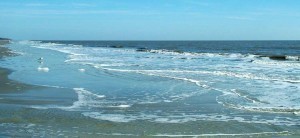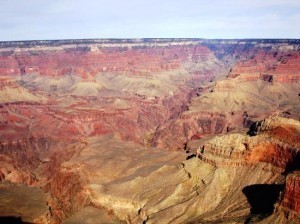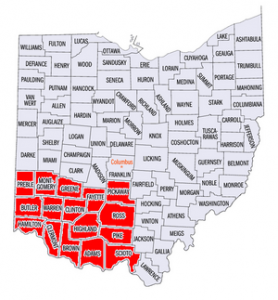How Deep is the Atlantic Ocean?
Known as the second largest oceanic division in the world, the  Atlantic Ocean is bordered by the South America and North America in the west, the Strait of Gibraltar, Europe and Africa at the east and the Antarctica in the south. Other nearby bodies of water are the Gulf of Mexico, the Baltic Sea, the Caribbean Sea, the Hudson Bay, the Mediterranean Sea and the North Sea. The water salinity of the ocean is around 33 to 37 parts per thousand. In order to know more about the geography of the Atlantic Ocean, it is best to start with identifying its depth.
Atlantic Ocean is bordered by the South America and North America in the west, the Strait of Gibraltar, Europe and Africa at the east and the Antarctica in the south. Other nearby bodies of water are the Gulf of Mexico, the Baltic Sea, the Caribbean Sea, the Hudson Bay, the Mediterranean Sea and the North Sea. The water salinity of the ocean is around 33 to 37 parts per thousand. In order to know more about the geography of the Atlantic Ocean, it is best to start with identifying its depth.
The Depth of the Atlantic Ocean
How deep is the Atlantic Ocean? The mean depth of this ocean with the nearby seas is 10,950 feet. Without the adjacent seas, the average depth of this body of water is 12,880 feet. The greatest depth of the Atlantic Ocean can be found at the Puerto Rico Trench. The depth measures 28,230 feet. In terms of width, it varies between Sierra Leone and Brazil from 1,770 miles to 4,000 miles.
Additional Facts and Other Interesting Features
The major feature of the ocean’s bottom topography is the Mid-Atlantic Ridge. This submarine mountain range is 990 miles and long. Some of the mountain peaks are seen above waters and these also forms islands. The water depth from the ridge is not more than 8,900 feet. Aside from the Mid-Atlantic Ridge, another feature of the Atlantic Ocean is the Walvis Ridge, which can be seen at the southern part of the ocean.
The Mid-Atlantic Ridge divides the ocean into two big troughs that are 12,000 to 18,000 feet deep. It also divides the body of water into several basins like the North American basin, the North Atlantic basin, the Cape Verde, the Guiana basin and the Blake basin. The basins that can be found at the south are the Angola, Argentina, Brazil and the Cape.
Aside from basins, there are trenches at the Atlantic Ocean including the South Sandwich Trench, the Laurentian Abyss and the Romanche Trench. The South Sandwich Trench is 27,650 feet while the Romanche Trench reaches 24,460 feet.
The sediments in the ocean are mostly authigenic, pelagic and terrigenous materials. The terrigenous sediments are seen on the continental shelves and these include rock, mud and sand particles. On the other hand, pelagic materials include the remains of animals. Finally, the authigenic materials found on the ocean floor include manganese nodules.





